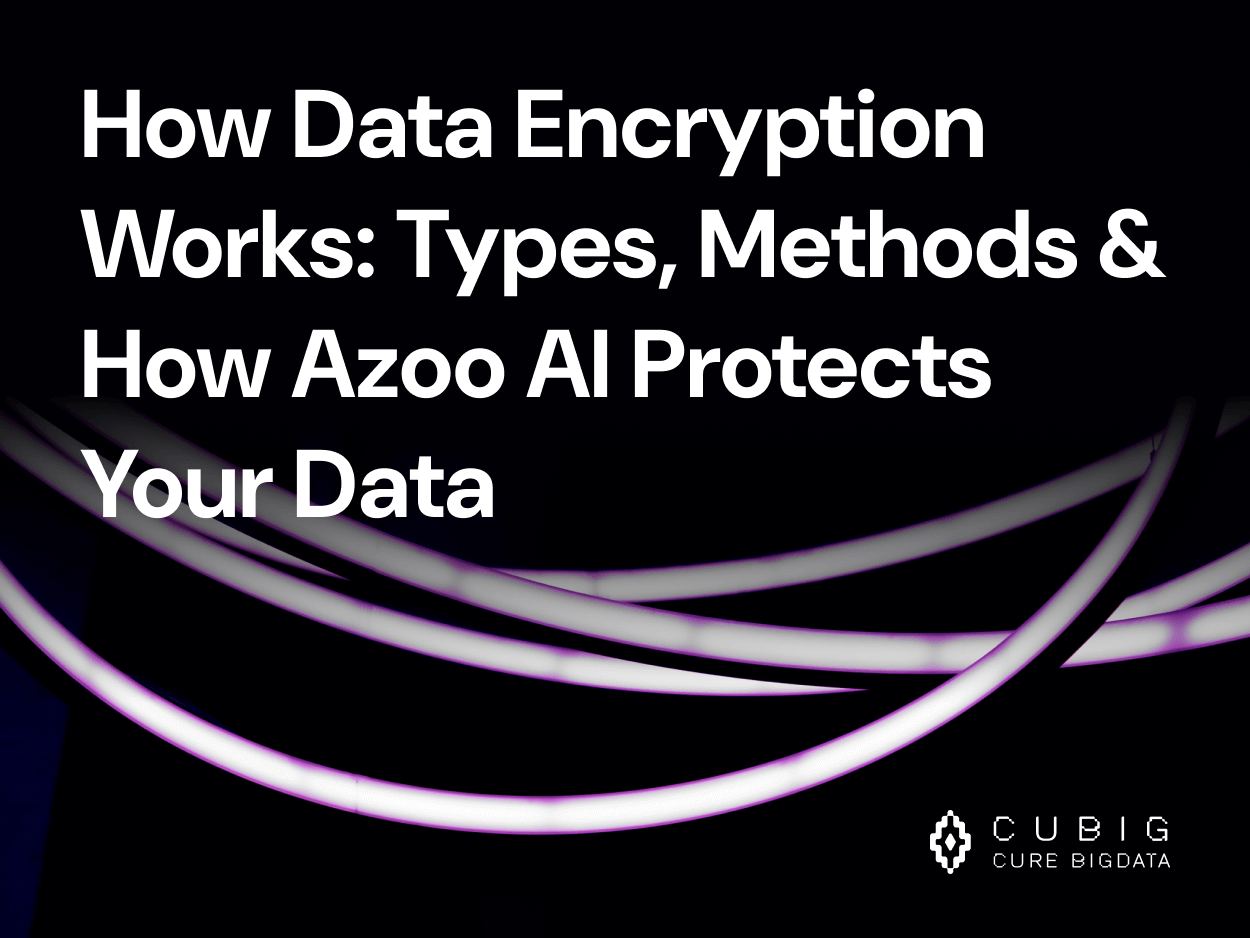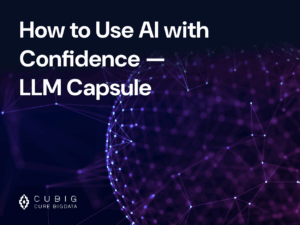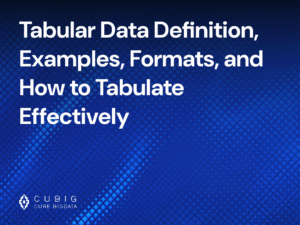How Data Encryption Works: Types, Methods & How Azoo AI Protects Your Data
Table of Contents
Data encryption is one of the most powerful tools available to protect sensitive information. Whether you’re securing personal emails or entire databases, encryption turns readable data (plaintext) into unreadable text (ciphertext) that only authorized users can decode. This guide explains how encryption works, the methods used, and how Azoo AI helps secure your enterprise data.
What is data encryption?
Data encryption is the process of converting plaintext into ciphertext using an algorithm and a key. Only someone with the correct key can decrypt the information and read it again. Decryption is simply the reverse of encryption.
Encryption is used to keep data safe when it’s stored (data-at-rest) or sent over networks (data-in-transit).
Why encryption is essential: Protecting your data
Business data security
Companies today manage huge volumes of customer and internal data. Azoo AI protects that data using advanced encryption standards that ensure unauthorized access is blocked—even in the event of a breach.
Regulatory compliance and legal requirements
Industries like healthcare, finance, and e-commerce are legally required to protect personal data. Encryption helps meet laws like GDPR, HIPAA, and PCI-DSS.
Building trust with users and clients
Customers are more likely to trust a business that protects their data proactively.
How it works: The data encryption process with examples
Let’s say you’re sending an email with sensitive data. Without encryption, anyone intercepting the message could read it. With encryption, the email is turned into scrambled ciphertext. Only the recipient with the right key can turn it back into readable plaintext.
Encryption works through three main steps:
- Plaintext is collected.
- Encryption algorithm and key convert it into ciphertext.
- Authorized users use a decryption key to access the original data.
Types of data encryption
Asymmetric encryption
Uses two different keys—one public and one private. Common in secure web browsing (HTTPS).
Symmetric encryption
Uses a single shared key. Faster and more efficient for encrypting large volumes of data.
Symmetric vs Asymmetric encryption
Symmetric encryption is faster but requires secure key sharing. Asymmetric is slower but more secure for transmitting data over the internet.
What are the encryption methods and algorithms?
Data Encryption Standard (DES)
Outdated and largely replaced, but important in encryption history.
Advanced Encryption Standard (AES)
Widely used today. Known for speed, efficiency, and high-level security.
Triple DES (TDES)
Applies DES three times. Safer than DES but slower than AES.
Blowfish
Fast and free, used in file encryption tools.
Twofish
Successor to Blowfish with enhanced flexibility.
Format-Preserving Encryption (FPE)
Keeps data format intact (e.g., 16-digit credit card stays 16 digits).
Elliptic Curve Cryptography (ECC)
Strong security with smaller keys—ideal for mobile and IoT devices.
Rivest Shamir Adleman (RSA)
Popular asymmetric algorithm used in HTTPS and email encryption.
What’s the Difference? AES vs RSA vs ECC
AES is best for bulk data, RSA for secure data exchange, and ECC for small devices.
Data-at-Rest encryption techniques: FDE, TDE
What is Data-at-Rest and why is it important to protect?
Data-at-Rest includes information stored on hard drives, databases, or cloud systems. It must be protected in case devices are lost or stolen.
Transparent Data Encryption (TDE)
Encrypts data in databases automatically without changing application logic.
Full Disk Encryption (FDE)
Encrypts everything on a disk drive. Common in laptops and desktops.
What’s the Difference? FDE vs TDE
FDE protects entire drives, TDE protects data within specific databases. TDE is more flexible for enterprise applications.
Data encryption best practices
Assess the level of protection your data needs
Classify data based on sensitivity.
Organize and label your data by sensitivity
Not all data needs the same level of encryption.
Select an encryption method that fits your use case
Choose AES for speed, RSA for secure exchange, ECC for lightweight needs.
Identify potential challenges in implementation
Encryption can affect system performance if not planned properly.
Build a security-minded culture through collaboration
Make encryption part of everyday IT practices.
Understand what encryption can and can’t do
Encryption protects data confidentiality—but not integrity or availability.
Data encryption software & tools
Top free & Open-Source tools
- VeraCrypt
- GnuPG
- 7-Zip
Best enterprise solutions
- AxCrypt
- NordLocker
- IBM Guardium
Email and File encryption leaders
- Paubox
- Proton Mail
- Virtru
Azoo AI’s encryption solutions focus on scalable enterprise-grade protection with flexibility to integrate with existing workflows.
Benefits of data encryption
Comprehensive protection for all data, all the time
From personal files to cloud-based systems.
Safeguarding privacy and sensitive information
Prevents identity theft and corporate espionage.
Ensuring data security across multiple devices
Encrypt once, stay protected everywhere.
Supporting regulatory compliance requirements
Essential for passing audits and avoiding fines.
Strengthening competitive advantage through trust
Customers prefer companies that keep their data safe.
Enhancing data integrity and system reliability
Encrypted systems are harder to tamper with.
Reinforcing customer and stakeholder confidence
Data security builds long-term trust.
Challenges of data encryption
Performance impact and resource overhead
Encryption adds processing time.
Risks of losing encryption keys
Lost keys mean lost access to data.
Slower disaster recovery due to encrypted backups
Backups need to be decrypted before restoration.
Limited protection against Application-Level attacks
Encryption can’t fix poor application security.
Key access management and trust among administrators
Too many people with access can introduce risks.
Complex implementation and operational overhead
Getting encryption right can be tricky.
Balancing security with usability and cost
Stronger encryption often requires more resources.
Azoo AI helps overcome these issues with automated key management, scalable architecture, and built-in compliance support.
Future trends in data security
Preparing for Quantum-Resistant encryption
New algorithms are emerging to counter future quantum threats.
AI integration in threat detection and data protection
AI is being used to detect unusual activity and enhance encryption.
Rising importance of global compliance and data sovereignty
Countries are enforcing stricter controls on how and where data is stored.
Database encryption FAQs
Can encrypted data be hacked?
Yes, but only if weak encryption or poor key management is used.
Is it necessary to encrypt my entire database?
Not always. Encrypt sensitive tables or columns if full encryption isn’t practical.
Encryption vs Hashing vs Masking
Encryption is reversible. Hashing is one-way. Masking hides data visually but doesn’t secure it.
Data encryption vs Database encryption
Data encryption secures files and messages. Database encryption focuses on protecting structured data within databases.
Ready to strengthen your data security? Contact Azoo AI to explore our enterprise encryption solutions.
CUBIG's Service Line
Recommended Posts









